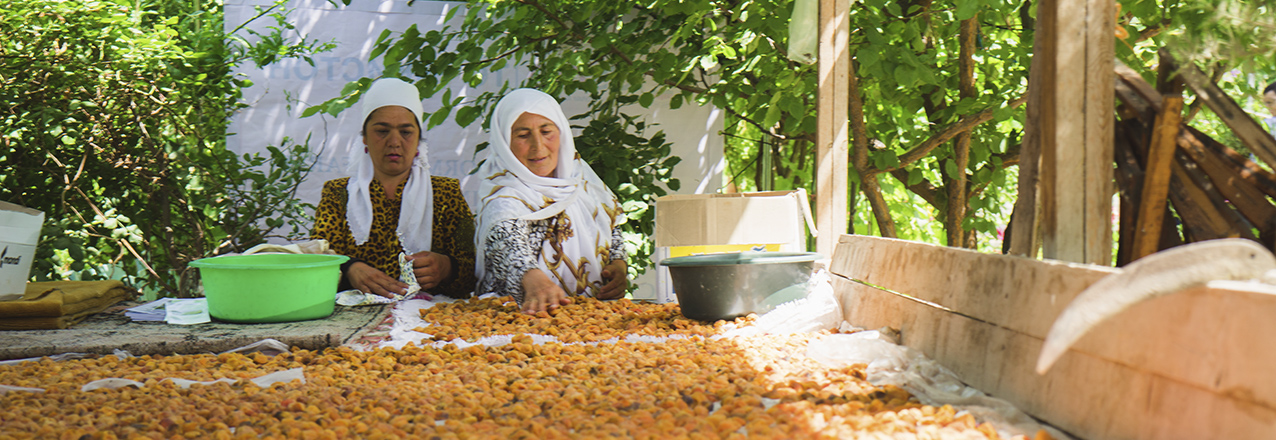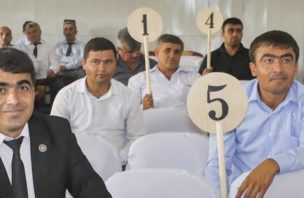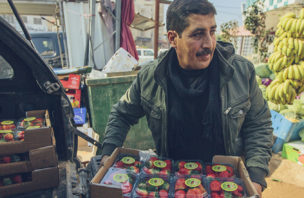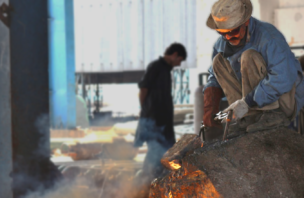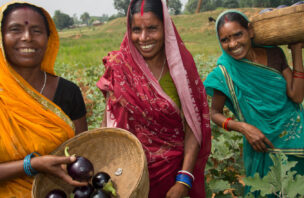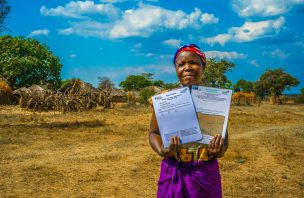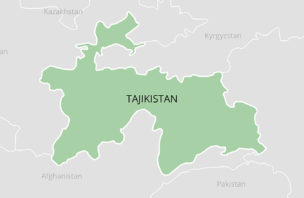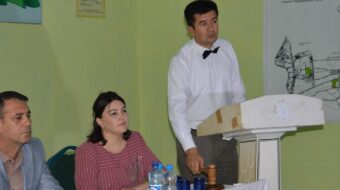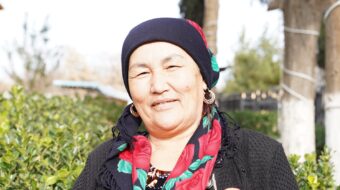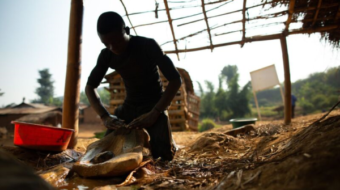However, without a functioning land market, recent gains in land reform may stall as farmers are not able to obtain new land or sell land that they no longer wish to farm. The Feed the Future Tajikistan Land Market Development Activity (LMDA) promotes market based principles for land tenure and aims to establish a functional agricultural land market that allows for the transferability of land use rights (such as buying, selling, or leasing land use rights), to ensure a simple and transparent land registration process, while promoting gender equality in rights and processes. The project focuses on land policy and legal development, private sector development, simplification of land registration procedures, and expansion of knowledge surrounding land use rights to rural governmental administrations and citizens, especially female landholders.
USAID supports the Government of Tajikistan’s agrarian reform effort to increase agricultural productivity through the U.S. government’s Feed the Future initiative working to: strengthen land rights; expand the availability of quality agricultural inputs; crop diversification; and market development. The Feed the Future Tajikistan Land Market Development Activity supports the Feed the Future initiative, and continues USAID’s effort to support land reform and farm restructuring in Tajikistan, which began in 2004.


